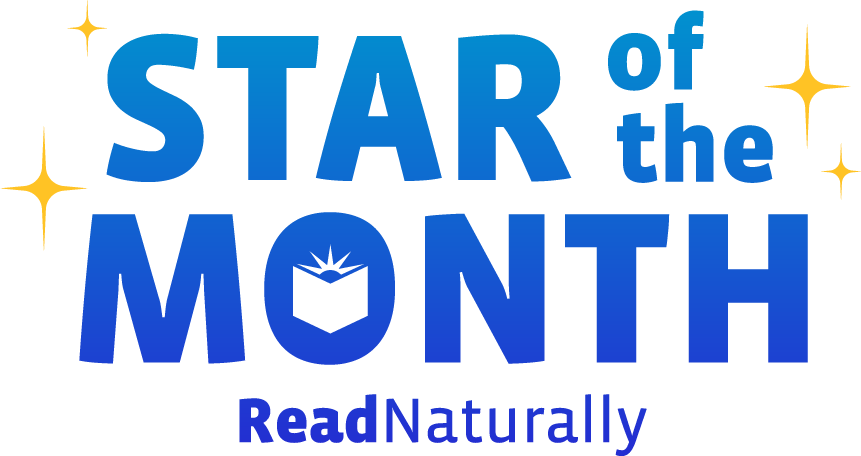Do you ever wish you could invite a computer expert to your home or school to show you exactly what your computer and its programs are capable of? Sure, it’s all buried in the manuals somewhere, but nothing beats personalized instruction from an expert. The ability to ask your questions, to learn the skills that are most beneficial to you, to discover how a device or program can meet your specific needs—this experience would increase user satisfaction by leaps and bounds.
This is exactly the kind of experience we offer through our personalized training options.
Read more Now that the school year is half over, many teachers wonder if it's too late to begin a Read Live intervention. The answer is no! It's never too late to implement Read Live or to add students to your existing account. Once you've trained students in how to use the program, they will start benefitting right away. They can even continue using the program over the summer.
Read more Read Live includes four programs in one, making it a comprehensive suite to meet your students' reading needs every step of the way. All Read Live subscriptions include complete access to Read Naturally Live, Word Warm-ups Live, One Minute Reader Live, and Read Naturally Live—Español. These programs specifically target phonemic awareness and phonics; fluency; vocabulary; comprehension; independent reading practice; and building reading proficiency in Spanish.
Read more Interpreting winter assessment data will help you determine the best way to support your students. This data tells you who needs an intervention and who is on target. It can also help you set goals for spring.
Read more Phonics skills are foundational to reading and spelling and necessary for fluency and comprehension. All students benefit from developing these skills. However, they need a program that can be tailored to meet their individual needs. Word Warm-ups Live is the perfect solution.
Read more We're closing in on winter break, so naturally your students are calm, on-task, and doing their best learning... right?
More likely, they seem to have entered "break mode" a few days ago. We know how these things go. That's why we've pulled together some recommendations to: 1) get you through the rest of 2024, and 2) keep your students reading over the break.
Read more Here’s some food for thought: When multilingual learners come across common English idioms in text, confusion can hit like a ton of bricks. Although these expressions are second nature for native speakers, they are clear as mud for learners of the English language. Especially when these learners are struggling to read, idioms can add insult to injury. Let’s throw them a bone, shall we?
Read more Jennifer Melton had been a 6th-grade ELA teacher at Crest Middle School for 19 years when she took on a new challenge last year. Moving up to run the school library, she also became responsible for leading the Tier 3 reading intervention group—a significant transition that required her to juggle multiple new responsibilities.
Read more Congratulations to Zachariah, our December Star of the Month! Zachariah is an eighth grader at Davis Middle School in Evanston, WY. He is excelling in Read Live and is now at the top of his class! Here is what his teacher, Ms. Ivens, had to say about him: "Zachariah is more than worthy...
Read more Regardless of where kids are on their reading journey, there are countless ways to incorporate reading into cozy days at home this winter. Here are some easy ideas for kids to try at home or for teachers to incorporate into the classroom. The free printables in this post will also make a great packet to send home over winter break!
Read more  Share your student’s success story—nominate him or her for our Star of the Month award. Win a Barnes & Noble gift card for the student and a Read Naturally gift certificate for your class!
Share your student’s success story—nominate him or her for our Star of the Month award. Win a Barnes & Noble gift card for the student and a Read Naturally gift certificate for your class!